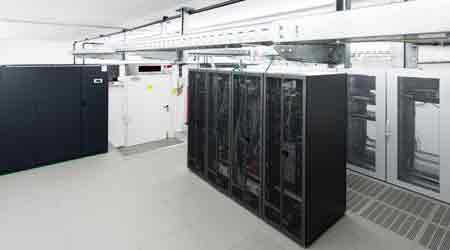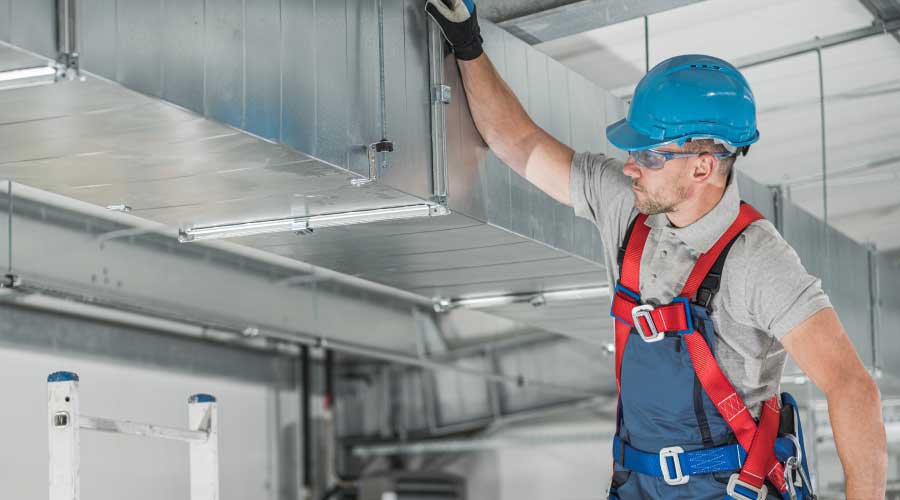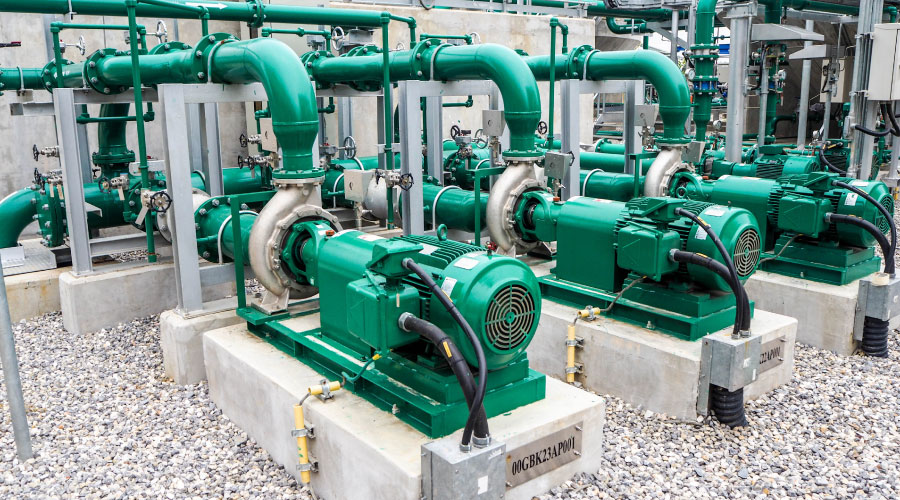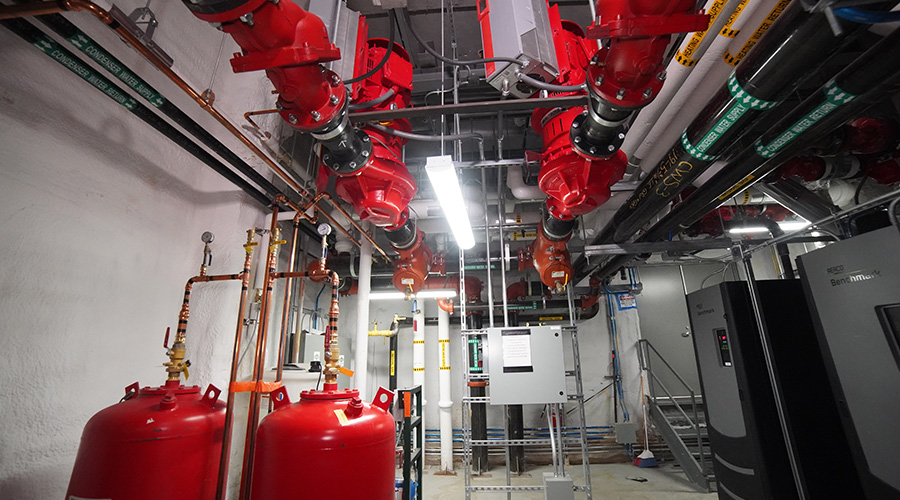Facility Challenges When Making Temporary Cooling Plans
Part 2 of a 3 part article on portable cooling needs
Managers must consider a number of factors when a situation calls for the use of portable cooling equipment in their facilities. Among the issues that influence decisions are a facility’s limitations related to available space, the size of doorways, available electrical supply, proper amounts of ventilation, and proper drainage for condensation.
One overlooked aspect of managers measuring cooling needs is failing to account for the number of people occupying a space.
Managers "will take into account a certain area or size, because in the whole HVAC world it’s measuring length, width, height, and space they want it cool," says Scott Brainard of Temp-Air. "You’ve got to be thinking about the 20, 50, or 100 people in the space in there. It makes a huge difference in what they’re trying to cool down. Otherwise, you won’t even notice if you rent a few small units. If you don’t size it right it’s a going to be a lot of work for not a lot of gain."
Another common issue for managers is thinking a portable unit will produce the same amount of cooling as the system it’s replacing.
"The most common error is assuming that if a 5-ton installed system fails, bringing in a 5-ton portable is the equivalent; it’s not really the equivalent," says Garth Tagge of Spot Coolers. "Even though a 5-ton unit would have 5 tons of capacity, you’re limited with the distribution because of the single output. The 5-ton system might have six to 10 distribution outlets in a facility, where a portable will sit in a corner and blow all of its air out of a grill or maybe just a couple of nozzles."
Other issues that managers must be aware of include:
Available power. "You might say you need a 3-ton unit or a 5-ton unit and the (manager) will say ‘Just bring it in and we’ll plug it into the wall,’" says Garth Tagge of Spot Coolers. "Nothing larger than 1½ tons runs on 110 volts. Everything above that requires 208 or 460 volts of power, and I think sometimes facility managers will order product not realizing that 110 volts of capacity is limited when running something larger. You’ll have to run some form of temporary power or tap into other power for the larger portables."
Space considerations. "Space is a huge thing," Brainard says. "With most portable HVAC or AC manufacturers, a 1 to 5 or 6-ton unit can roll through a doorway. You have to know that when you’re in a building that includes isolated areas, when you must figure out tonnage and roll the unit into a space where it’s not going to be in the way, because it could be a month or a week that it’s sitting there"
Extracting heat. "When you’re using an air-cooled unit, especially on the AC side, you have to extract the heat somewhere," Atkocaitis says. "In air conditioning, there’s no such thing as cold air, there’s just less hot air. What happens is whatever heat you’re removing from that space, you’re basically dumping it somewhere else. We like to duct all of our hot air up above a drop ceiling, but a lot of locations are getting away from a drop ceiling for aesthetics reasons."
Collecting condensation. "Drainage usually isn’t too big of a problem," Tagge says. "You can pump the water somewhere, or collect it in a bucket and empty the bucket it as it fills up. But it is a consideration. If you’re going to need portables for an extended period of time, you want to make arrangements to pump the water or identify where the closest drain source is, whether it’s an existing drain or an air-conditioner already in the room or a slop sink somewhere."
Related Topics:














